Polychrome matte and satin-finish lacquer on a gold-leaf background. Rocks with celadon lacquer effects. Signed lower left.
52.50 x 87.50 cm
Original frame in torn brown lacquer.
With frame: 68 x 103 cm.
Bibliography:
Gaston Suisse, L'art du laque. Marseille: Galerie Alexis Pentcheff, exhibition catalog, May 15–July 4, 2020.
Poissons Japonais, reproduced in no. 41, p. 71.
Exhibition:
Salon d'Automne, 1947, Musée des beaux-arts de la Ville de Paris, September 26 - November 2, 1947, exhibition no. 1229.
Certificate of authenticity issued by M. Dominique Suisse.
From the Orient to Art Deco: Gaston Suisse's aesthetic journey
Painter, designer, lacquerer and emblematic figure of Art Deco, Gaston Suisse was born in Paris into an environment conducive to artistic awakening. His father, a passionate collector of Asian art and Art Nouveau, introduced him to Oriental aesthetics and the animal world from an early age.
It was at the Jardin des Plantes that he discovered the animals he would observe all his life with rigor and fascination. It was also there that he made the decisive encounter with Paul Jouve, a master of animal art.
Trained at the École des Arts Décoratifs, he specialized in the art of lacquer, a technique that was to become his signature. From his earliest works, he received critical acclaim and awards, including a gold medal before he was even 18. The war did not interrupt his creativity: mobilized, he continued to draw from the front and sent his work to Paris.
On his return, he threw himself fully into lacquer research and experimentation, combining traditional Asian know-how with technical innovation. Gaston Suisse perfected his formulas, invented new processes - including a famous red lacquer inspired by “ox blood” - and introduced precious materials into his work: eggshells, gold leaf, synthetic varnishes. His style is characterized by great purity of line, progressive geometrization of form and a composition often influenced by abstraction.
A complete artist, he collaborates with some of the greatest names in decoration: he creates panels, boxes, fabrics, stained glass, furniture and sets for the Opéra de Paris, Hermès and the Comédie Française. He took part in numerous international exhibitions and won several prestigious prizes, notably at the 1931 Colonial Exhibition and the 1937 International Exhibition, where he created a monumental decor for the Palais de Tokyo.
After the Second World War - during which he was taken prisoner and escaped - Gaston Suisse resumed his work with fervor. He exhibited regularly, notably at the Salon d'Automne and the Salon des Artistes Animaliers. Alongside his finished pieces, he left an abundance of drawings, sketches and animal studies of great precision.
Until his death in 1988, the artist continued his exacting exploration of living matter and materials. His works, as technical as they are elegant, are today conserved in major French and international institutions: the Musée d'Art Moderne de la Ville de Paris, the Musée des Années Trente in Boulogne, and the Dallas Museum of Art.
Discover more works by this artist on the gallery's website: https://www.galeriepentcheff.fr/fr/peintre-gaston-suisse#Oeuvres






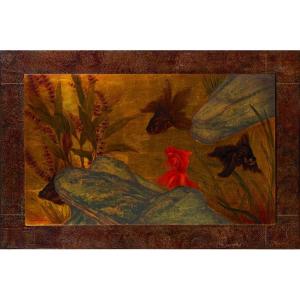






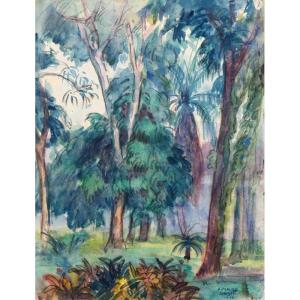
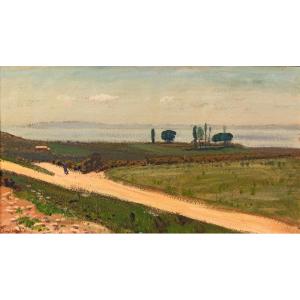
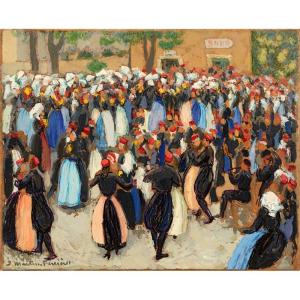
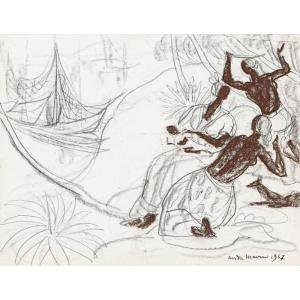
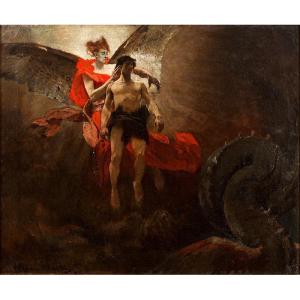



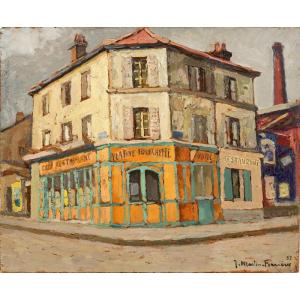

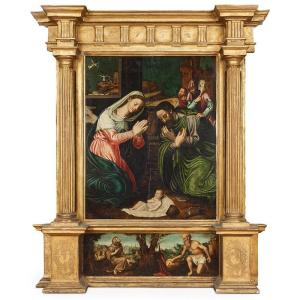










 Le Magazine de PROANTIC
Le Magazine de PROANTIC TRÉSORS Magazine
TRÉSORS Magazine Rivista Artiquariato
Rivista Artiquariato